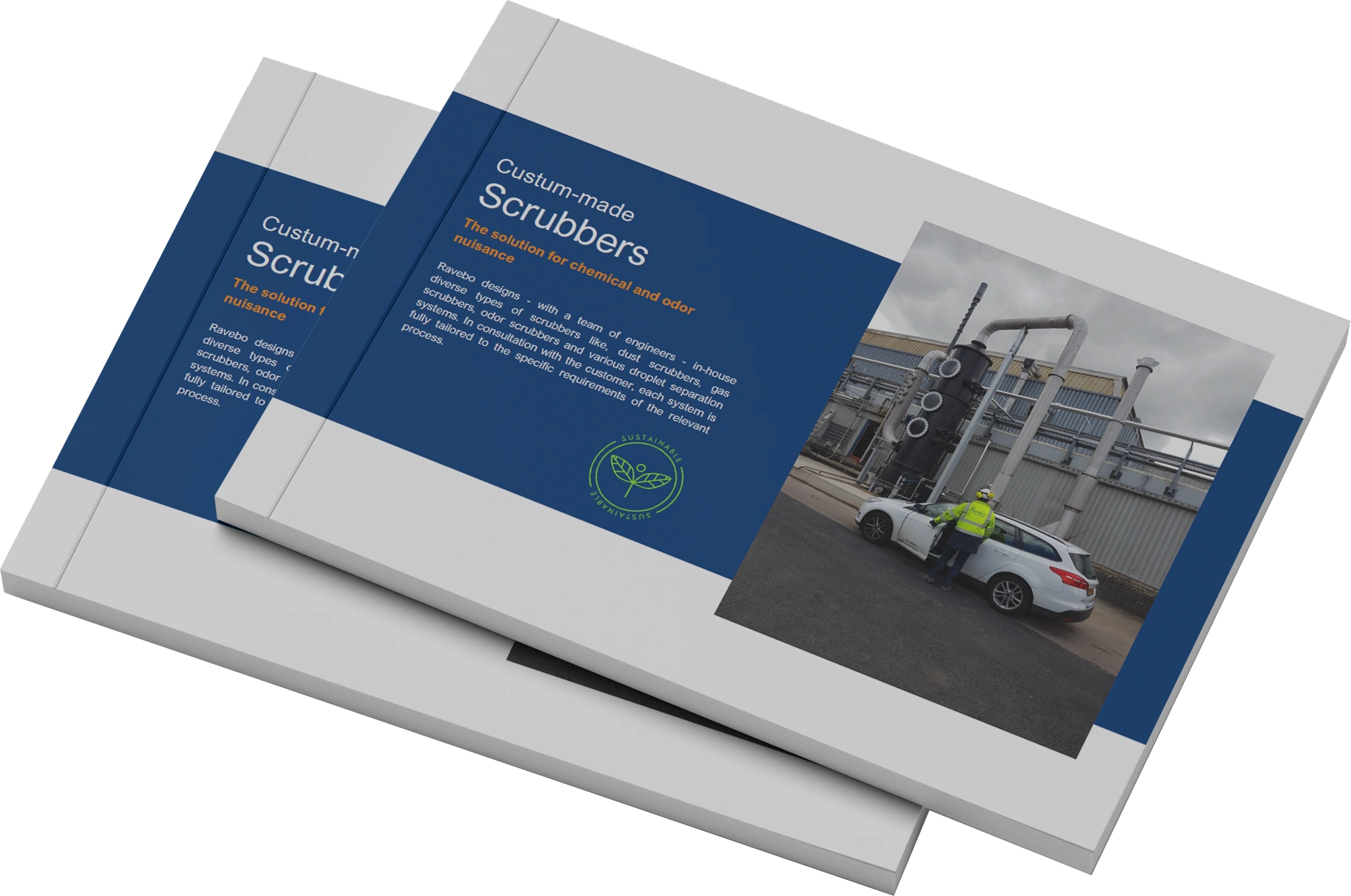
Sustainable Solutions by Innovative Technology
Ravebo Solutions: Customized Answers for a Cleaner Industrial Future, Merging Innovation with Responsibility.
Get in touch with us
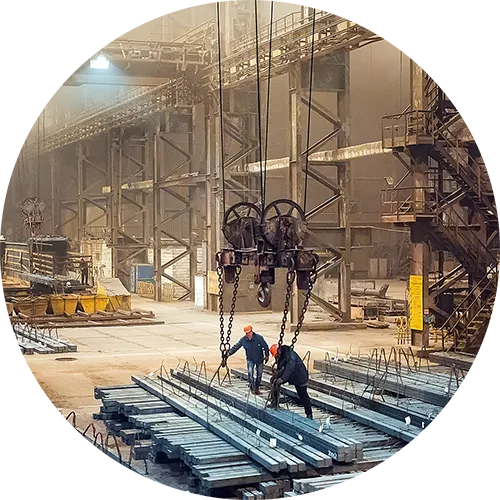
Reducing Electroplating Emissions
Gas Scrubbers for Electroplating Technology and Surface Treatment

Electroplating is a commonly used electrochemical surface treatment for corrosion-sensitive metals. With this process, an additional corrosion-resistant metal layer is applied electrically in order to maintain the mechanical properties for a longer period of time. Electroplating ensures, among other things, better resistance to corrosion, better protection against damage and scratches, and a better appearance of constructions or machines, such as in chrome plating. The most common electroplating techniques are anodizing, electrolytic nickel plating, and electrolytic galvanizing.
Read more...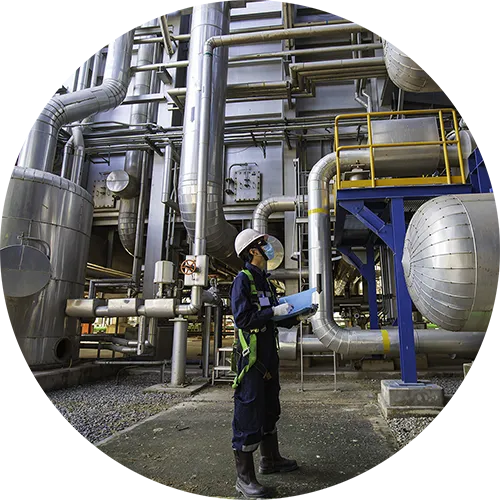
Cleaning of vapor recovery
Harmful substances released during loading and unloading

The loading and unloading of ships, trucks and railway wagons leads to the emission of gas. When there are harmful, toxic or (strong) odor-bearing gases or vapors, they may certainly not be emitted freely. The owner of the installation must ensure that the discharged gases or vapors are stripped of the harmful components.
Read more...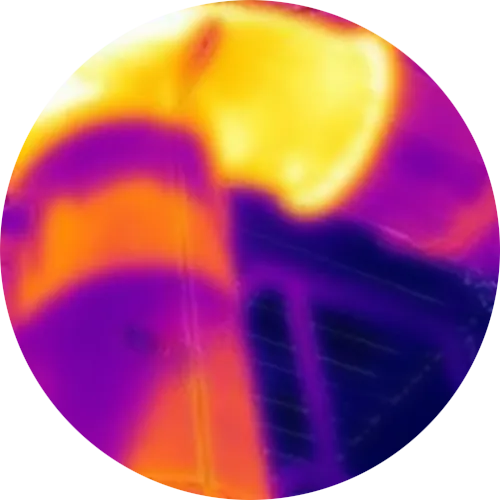
Hot gas cooling and cleaning
Quench the Heat, Save on Metal: Your Smart Solution Before the Scrubber

There are circumstances in which the contaminated gas to be absorbed is not led directly into a scrubber. In certain processes, (combustion) gases often arrive at hot temperatures, which make it necessary to manufacture the scrubber from a stainless steel or other (expensive) precious metal. A satisfactory solution for this is to place a hot temperature resistant quench in front of the scrubber so that the scrubber can be manufactured from plastic (PE, PP, GRP, etc.).
Read more...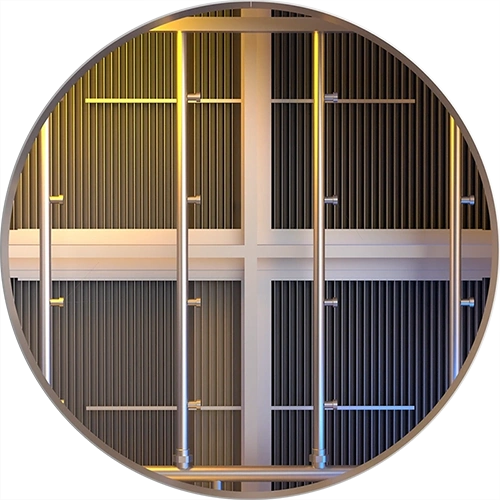
Efficient droplet removal from a gas flow
Slow the Flow, Watch Droplets Go: The Knockout Way to Cleaner Gas

A knockout drum is used to remove liquid droplets from a process gas stream. This is achieved by decreasing the gas velocity that as a consequence the gas expands, and the physical properties change. Ultimately, the dew point of the process gas is higher, where condensation takes place, and the liquid droplets will precipitate or will be eliminated by a droplet separator.
Read more...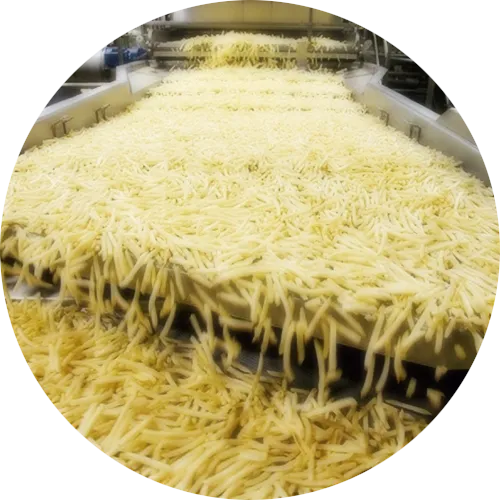
Avoiding odor nuisance emission
Clear the Air, Care for All: Scrubbing Out Odors, One Gas Stream at a Time

In (chemical) processes, odor-bearing components or aerosols can be originated under certain conditions and end up in gas streams. In respect of the current legislation and nuisance to the environment, it is necessary that these odors are removed by, for example, a wet gas scrubber.
Read more...Game-changing benefits
Discover the game-changing benefits of scrubbers and propel your business forward with our free whitepaper download.
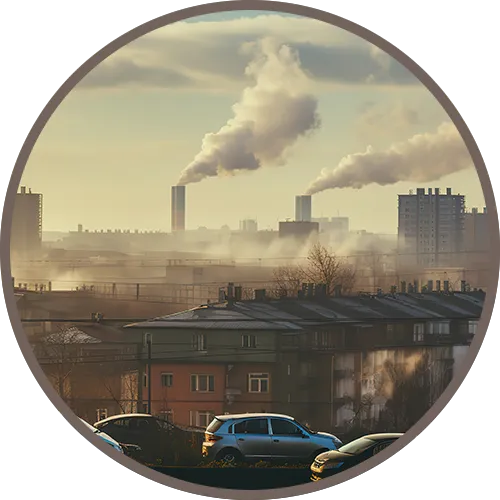
Cleaning of Contaminated Gas
Cleaner Gas, Clearer Future: Revolutionizing Scrubber Technology!

In common chemical scrubber systems, the polluted gas is discharged or extracted to the scrubber by a centrifugal fan. The contaminated gas passes one or more stages for treatment. The gas is brought into very intense contact with the washing liquid containing the chemical reagents. As with other absorption processes, the components are first dissolved in the washing liquid and then react with the chemical additives. The cleaned gas is then discharged with a removal efficiency in a chemical scrubber more than 95%.
Read more...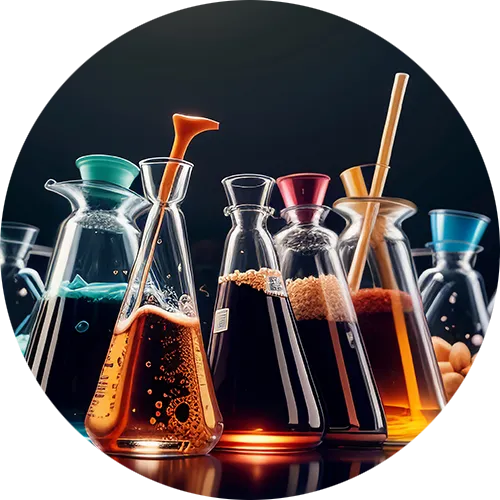
Gas Cleaning with Scrubbers using Additives
Scrubbing Clean with Smart Water: Efficiency Meets Sustainability!

The washing liquid is recirculated by means of a centrifugal pump which is connected on the suction side to the liquid buffer in which the washing liquid is stored. In certain areas where only (relatively) hard water is available a water softener can be used for the makeup water. The hardness of the water has a major influence on the efficiency of the scrubber process. The washing liquid is recirculated and will be periodically drained based on certain parameters. The liquid level is then restored with fresh makeup water. When this fresh water contains (a lot of) magnesium and calcium this will lead to high concentrations of salts which will increase the hardness because during the discharge process the salts will largely remain in the liquid buffer.
Read more...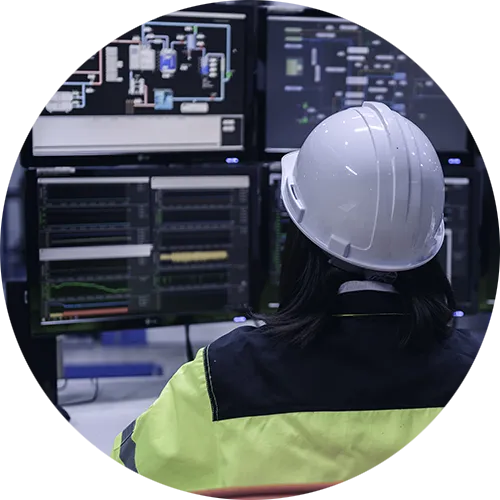
Emission Control with Analyzers
Indirect Emission Control Based on Washing Liquid Monitoring

The quality of the emitted gas can be conducted in diverse ways. The most common principle is based on monitoring the quality of the washing liquid. This is a good method as the quality of the washing liquid is directly proportional to the quality of the emitted gas. Before the correlation between the limit value of the gas in relation to the washing liquid is determined, it is often necessary to experiment with the settings of the washing liquid during the adjustment period. Once the limit values have been established with the emission measurements or sampling of the gas, the scrubber can be put into operation permanently.
Read more...
Adaptive Wet Gas Scrubber Configurations
Ravebo Scrubbers: Precision Engineering for Lifelong Adaptability

When designing and manufacturing the scrubbers, Ravebo considers factors as available footprint, pressure, temperature, corrosion resistance to chemicals to ensure a long service life. For instance, plastic as a construction material offers low weight and good corrosion resistance, low operating costs and a long service life, but on the other hand this is not suitable for high(er) pressures and temperatures. With respect to applications of chemical scrubbers, in most cases a suitable stainless steel will be more beneficial, but in addition of a higher weight, it possesses all the positive characteristics for an exceedingly long service life.
Read more...Get in touch with our scrubber specialist
Boost your industrial processes with our advanced wet gas scrubbers. Our specialist is ready to guide you towards efficiency, productivity, and environmental compliance. Connect with us now for expert advice, custom solutions, and quick responses. Let's find your perfect scrubber solution today.
